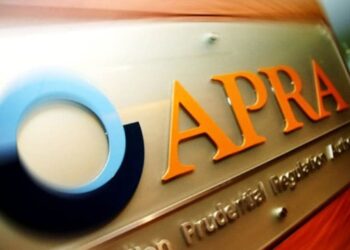The investment performance of a typical self-managed super fund (SMSF) achieves comparable investment returns with Australian Prudential Regulation Authority (APRA) regulated funds once the balance passes $200,000, according to research.
Conducted by the University of Adelaide’s International Centre for Financial Services (ICFS), the report used data provided by BGL Corporate Solutions and Class Limited from over 318,000 SMSFs between 1 July, 2016 and 30 June, 2019.
The SMSF Association, which commissioned the report, said the research supported the regulatory focus on fund size, but it also suggested that current regulatory guidance around minimum SMSF balances was poorly calibrated.
“When coupled with research by the actuarial firm Rice Warner in late 2020, which found SMSFs with balances of $200,000 or more were cost effective compared with industry and retail superannuation funds, it mounts a compelling argument for the competitiveness of SMSFs with balances of $200,000 or more compared with larger funds,” the SMSF Association said.
Following the release of the report, the SMSF Association questioned the Australian Securities and Investments Commission’s (ASIC) guidance to licensees and advisers on the disclosure of SMSF costs (INFO 206), which stated SMSFs with balances below $500,000 had lower returns on average after expenses than APRA regulated funds.
Association chief executive, John Maroney, said: “The research data revealed no material differences in performance patterns for SMSFs between $200,000 and $500,000, so the notion that smaller SMSFs in this range deliver materially lower investment returns, on average, than larger SMSFs in this range, is not supported by the research results.
“The research results suggest a more appropriate threshold is $200,000.”
The research also found that, when compared to the rate of return (ROR) performance measure used by APRA to calculate investment returns for APRA-regulated superannuation funds, the Australian Taxation Office’s (ATO) calculation of SMSF returns produced lower estimates of investment returns all else being equal.
“Most of the differences arise because the ATO’s calculation is based on data derived from SMSF annual returns whereas APRA uses information from superannuation fund financial statements,” Maroney said.
“The research study overcomes this by using SMSF financial statement data to calculate an annual ROR for each fund in the data sample.”
When comparable data inputs and calculation methodologies were used, the median investment performance of SMSFs (particularly those with balances of $200,000 or more and which were not heavily invested in cash) were competitive with APRA-regulated funds.
Commenting on the research, Professor Ralf Zurbruegg from the University of Adelaide said: “When we account for the differences in how the performance of these funds is calculated, neither APRA-regulated superannuation funds nor SMSFs with balances above $200,000 consistently under or outperform each other”.
The research also found SMSFs generated greater variation in fund-level performance relative to APRA-regulated superannuation funds which the SMSF Association said highlighted the role of professional advice and a sound investment strategy.
Maroney said: “The greater variation in fund-level performance, and a higher tendency to outperform relative to APRA-regulated funds, presents opportunities for advisers to add value and deliver higher rates of return for suitable superannuation investors”.




